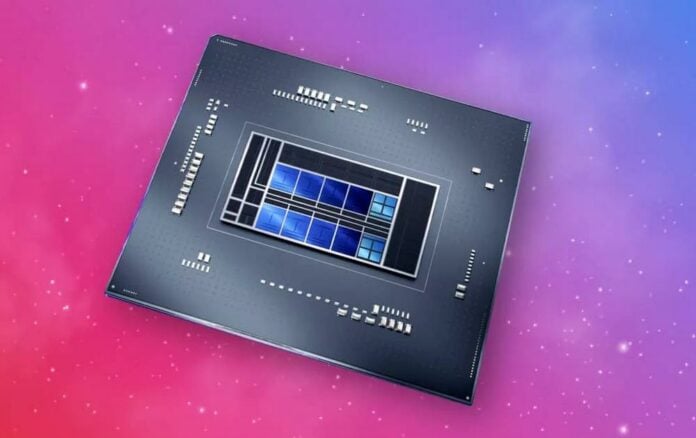A Baidu user claims to have pushed the upcoming Intel Core i9-13900K CPU to over 6GHz using an AIO liquid cooler.
In published screenshots we can see that the Raptor Lake engineering sample indeed reaches 6GHz, though stability remains a question mark; when looking closely at power draw and temperatures, we can clearly see that the CPU is not under load. The user also mentions the CPU can achieve 1,000 points in CPU-Z benchmark when using only P-cores (E-cores disabled).
When going the multi-threaded route, the CPU scored 16,605.6 in CPU-Z and a whopping 39,365 in Cinebench R23 with all cores enabled and running at 5.5GHz whilst consuming 1.3V. In comparison, a stock-clocked AMD Ryzen Threadripper 2990X with 32 cores and 64 threads gets 30,054 points in this test. A 30 per cent bump for the overclocked, overvolted chip is not to be scoffed at, but as always, take these numbers with a grain of salt. And if we’re playing fair, a 32C64T AMD Ryzen Threadripper 5975WX scores well in excess of 45,000 marks.
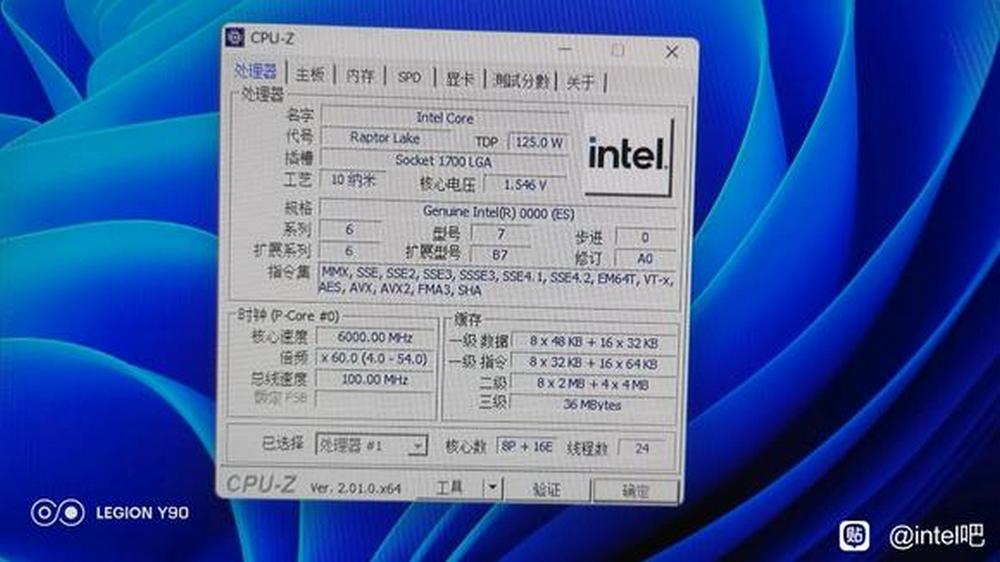
In the span of just a couple of days, we’ve had benchmarks scores and overclocking results for a bunch of Intel’s upcoming 13th Gen CPUs, showing similarly impressive performance gains.
According to a bilibili user review, the Core i5-13600K is five per cent faster than the i5-12600K in single-core tests and 40 per cent in multi-core tests, with the Core i7-13700K achieving nine and 30 per cent improvements, respectively, over the i7-12700K.
While such performance increases are promising, they are accompanied by a significant increase in energy consumption and therefore cooling needs. To run these tests, the Core i5-13600K consumed 178W against 148W for an i5-12600K, while the i7-13700K drew 243W compared to just 188W for the i7-12700KF.
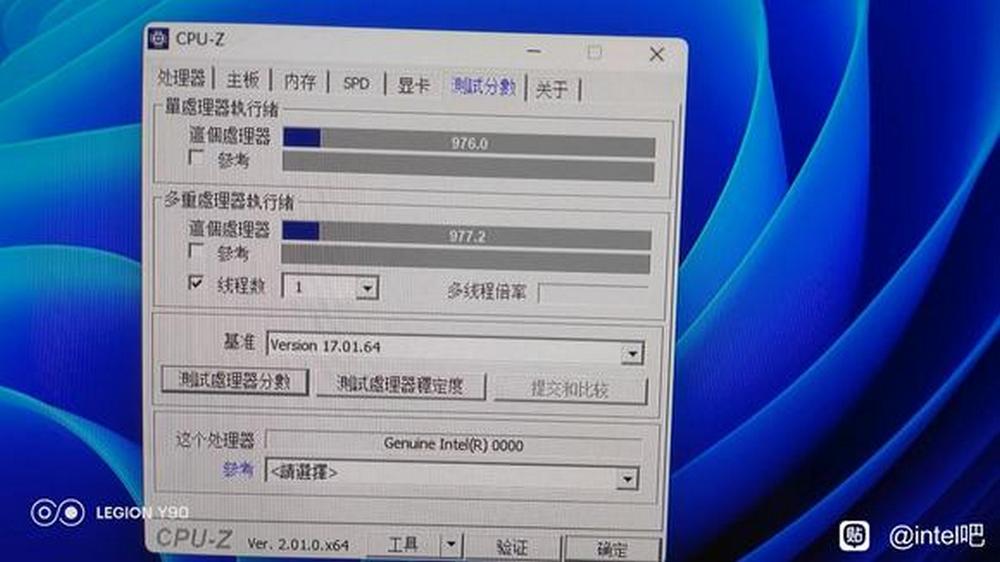
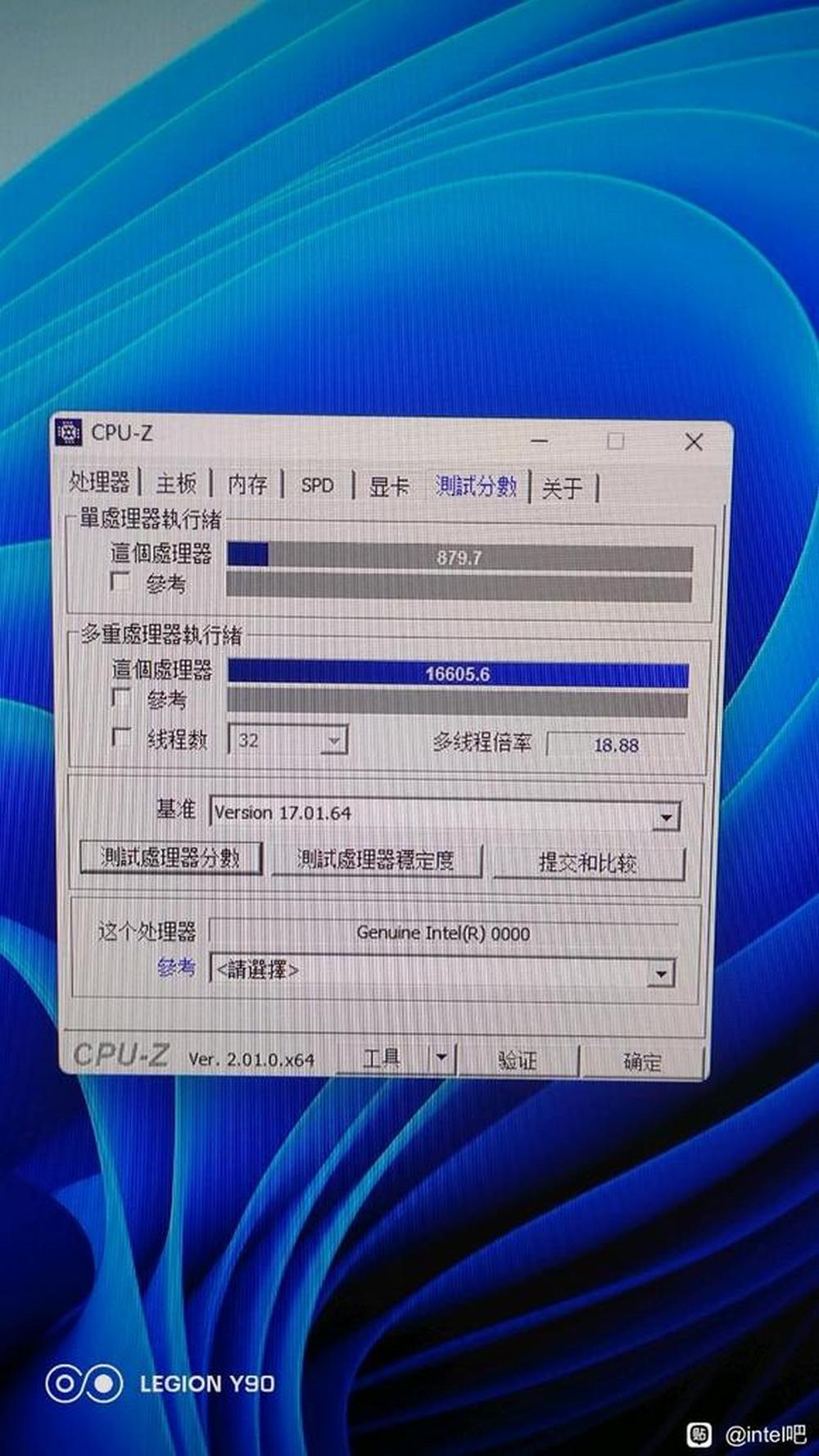
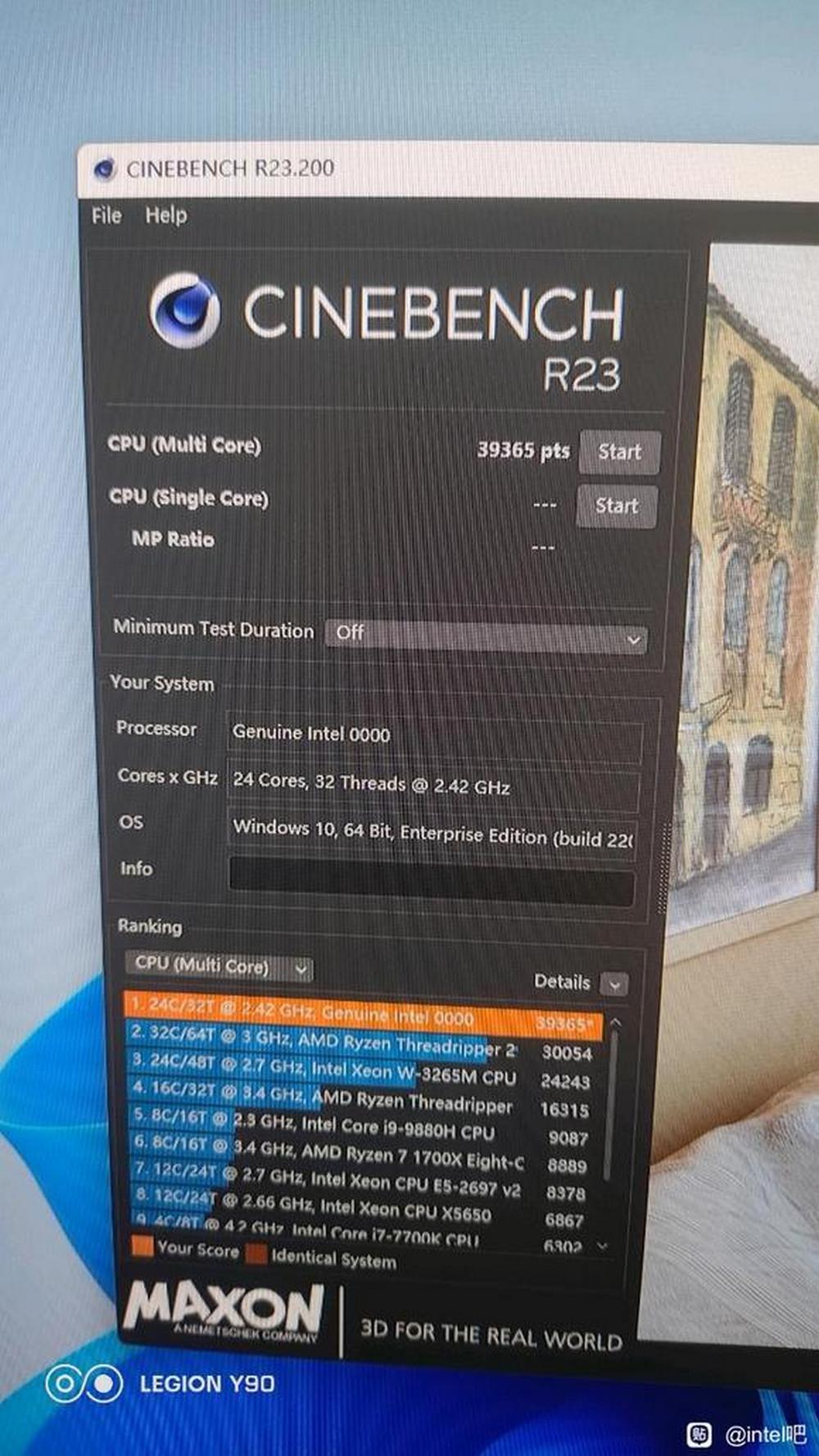
As a reminder, P-cores (Performance) are intended to perform tasks requiring high computing power such as games, while E-cores (Efficient) are more suited to small loads or background tasks. This in turn makes E-cores very efficient as their name implies, which explains why Intel is adding more of them into Raptor Lake processors. Both types work together depending on the requested task to achieve maximum performance at the lowest consumption.

